Features > Property News & Insights > Market updates
Melbourne rebound complete as house prices hit new highs
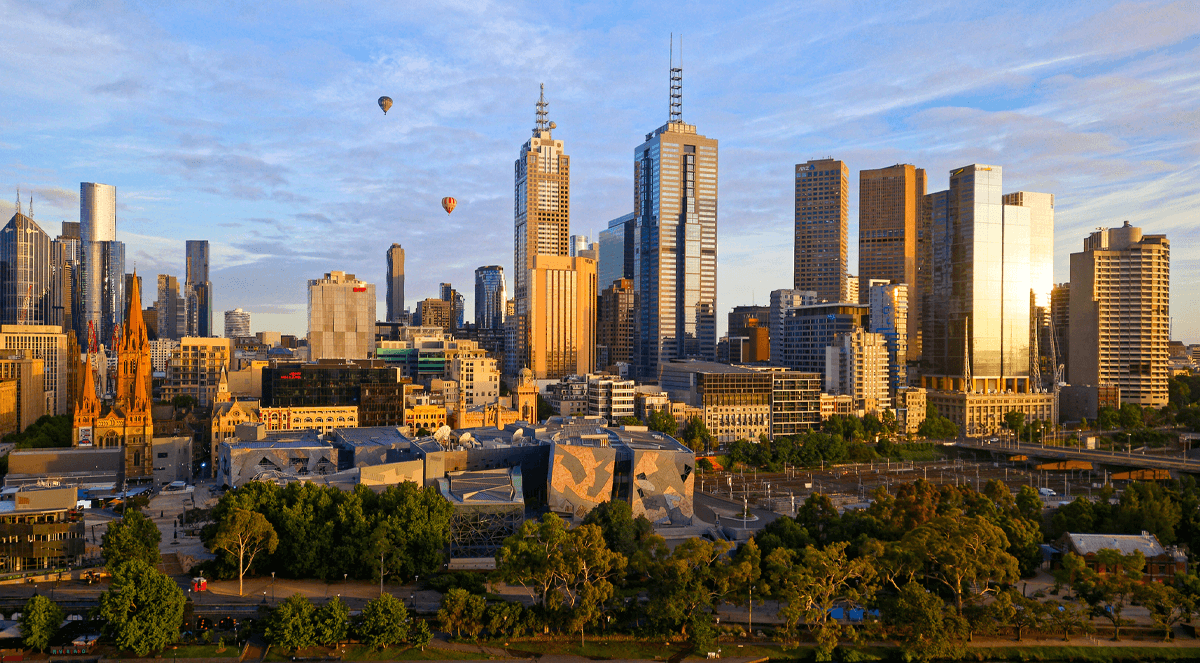
KEY POINTS
- Ray White data shows Melbourne house prices rose 3.1% over the quarter and 5.3% over the year to a record $1.06 million, surpassing their 2021–22 peak
- Melbourne’s recovery is being fuelled by accelerating population growth, relative affordability compared to Sydney and other capitals, and tight housing supply
- Government incentives and renewed buyer confidence are also helping to lift demand
New data from Ray White real estate shows Melbourne house prices have shrugged off their pandemic-induced slump, reaching a new high in October 2025.
Long lagging behind faster-growing capitals, Melbourne is now gaining momentum as affordability improves, borrowing conditions ease, and population growth accelerates.
While Darwin remains the fastest-moving market in Australia, data suggests Melbourne’s revival is becoming more entrenched.
The details
Ray White’s Chief Economist Nerida Conisbee says two of Australia’s “quieter” housing markets - Melbourne and Darwin - are “beginning to move back into growth territory.”
After a protracted period of muted growth through 2023 and early 2024, Melbourne appears to have turned a corner.
Ms Conisbee says there’s been a 3.1% rise in house prices over the past three months and 5.3% over the past year, pushing prices slightly above their previous 2021–22 peak and signalling that the city has returned to growth.
“Melbourne has now edged just above its previous peak … a symbolic milestone that confirms the city’s return to growth,” Ms Conisbee says.
Ray White’s in-house data arm - Neoval - estimates Melbourne’s mean house price is $1.06 million, a new record high, and above Australia’s mean house price of $975,000.
Neoval uses geometric mean pricing, rather than the more common “median” or “average” measures, which Ray White says accounts for outliers more accurately, “providing a more representative measure of underlying price trends”.
Preliminary auction clearance rates in Melbourne have climbed to above 73% in recent weeks, compared with mid-60s the year prior.
Forecasts from Domain now see Melbourne house prices rising about 6% in 2025–26, with unit prices likely to follow at a slightly lower rate.
Neoval data points to the strongest price growth coming in some of Melbourne’s so-called “middle-ring” suburbs including Wantirna, Chelsea Heights, Croydon Hills–Warranwood, Rowville and Dingley Village.
“These are not the city’s most expensive postcodes, but they sit in well-connected, family-oriented corridors that have benefitted from improving affordability and renewed buyer confidence as borrowing conditions ease,” Nerida Conisbee says.
Ms Conisbee says houses in these suburbs have seen annual price gains between 6.8% and 7.0%.
Melbourne’s rebound
Several factors appear to be driving Melbourne's revival:
- Accelerating migration and housing demand
After subdued population growth during the pandemic era, Melbourne is once again attracting interstate and overseas migrants - putting renewed demands on the housing market.
- Improving affordability, relative to other cities
Despite recent price increases, property in Melbourne still offers value compared to Sydney and other capitals, making it increasingly attractive for buyers.
On Neoval figures, the mean house price in Melbourne is just 63% of Sydney’s and the Victorian capital remains slightly cheaper than Brisbane and Canberra.
- Supply constraints and limited new stock
New supply remains tight in many established suburbs, restraining the ability of listings to keep pace with demand.
- Government incentives
The expansion of the federal First Home Guarantee scheme, combined with Victorian state policies (such as extended stamp duty concessions on off-the-plan units), is improving buyer sentiment and enabling more households to enter the market with smaller deposits.
- Market confidence
The jump in auction clearance rates and a lift in homes for sale (+4.2% month-on-month) are signs that sellers are testing the market again.
“Rising supply in strengthening markets typically signals confidence rather than weakness,” Nerida Conisbee explains.
Risks & outlook
While Melbourne’s comeback is gaining momentum, challenges remain.
Tight lending conditions, broader economic issues, and affordability constraints could limit any rebound.
Recent surveys show Australia’s overall consumer sentiment is weakening.
Moreover, Melbourne has experienced investor fatigue in recent years, with high land taxes, vacancy levies and tenant-friendly policies pushing some landlords away.
But there are signs this is reversing.
In August 2025, Melbourne accounted for 22.1% of new investor sales nationally, up from 18.4% the year before.
Domain and other forecasters expect Melbourne to lead dwelling price growth in 2026, albeit at a more modest pace than the extraordinary growth seen in capitals like Perth, Brisbane and Adelaide earlier in this property cycle.
If interest rates ease further, migration remains strong and supply is constrained, Melbourne’s recovery seems set to continue, setting the stage for more growth into 2026 and beyond.
Stay Up to Date
with the Latest Australian Property News, Insights & Education.




.png?width=292&height=292&name=Copy%20Link%20(1).png)
 SIGN UP FOR FREE NEWSLETTER
SIGN UP FOR FREE NEWSLETTER

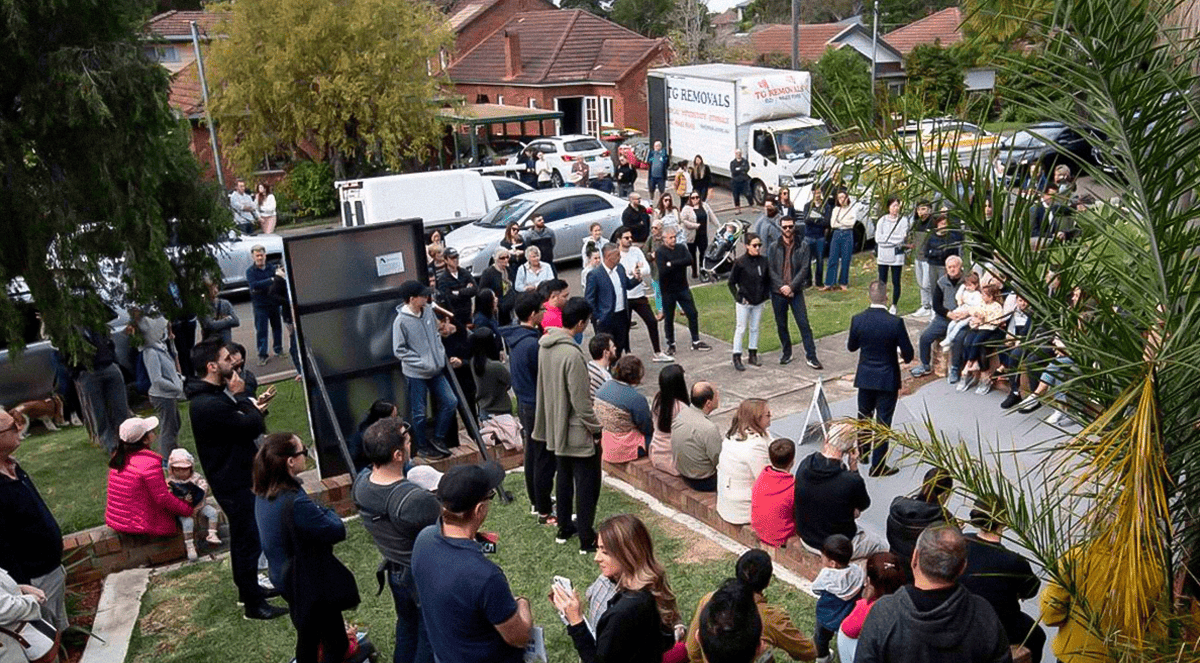
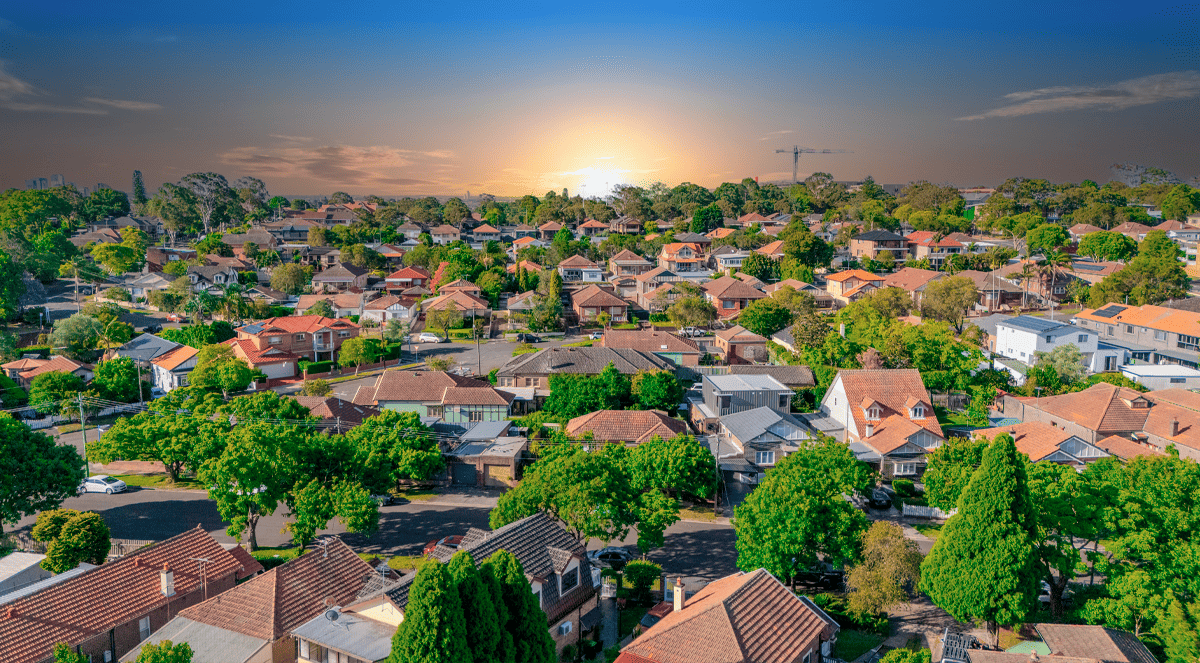
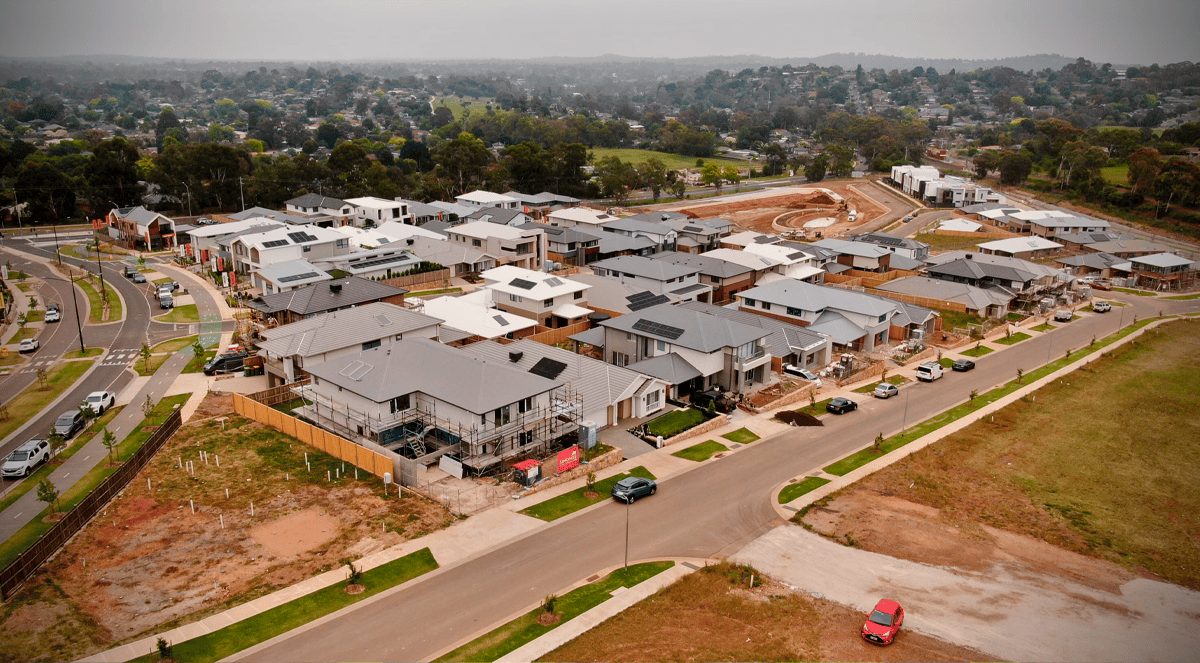
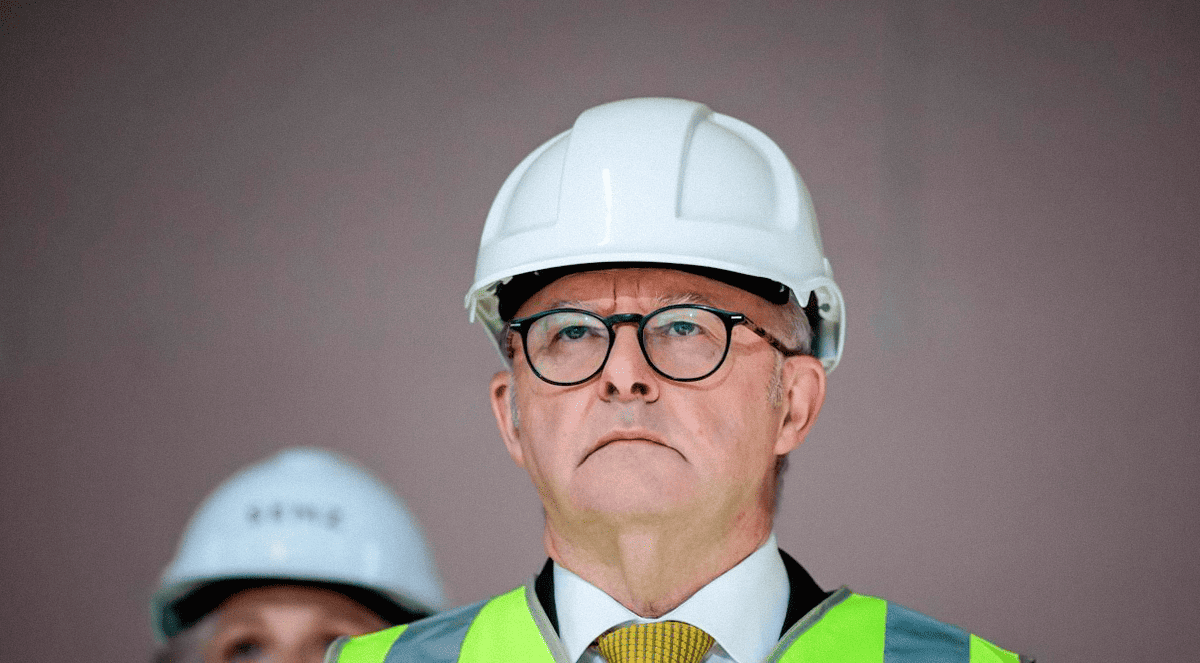
.jpg?width=1920&height=1080&name=Warning%2c%20You%20Might%20Be%20Facing%20Higher%20Taxes%20Soon%20(1).jpg)





.png?width=1920&height=1080&name=Rate%20Drops%20Signal%20BIGGEST%20Property%20Boom%20in%20DECADES%20(1).png)

.jpg?width=1920&height=1080&name=Labor%20vs%20Liberal%20These%20Housing%20Policies%20Could%20Change%20the%20Property%20Market%20Forever%20(1).jpg)
.jpg?width=1920&height=1080&name=QLD%20Slashes%20Stamp%20Duty%20Big%20News%20for%20Investors%20%26%20Home%20Buyers%20(1).jpg)
.jpg?width=1920&height=1080&name=Trump%20Just%20Slapped%20Tariffs%20%E2%80%93%20Here%E2%80%99s%20What%20It%20Means%20for%20Australia%20(1).jpg)
.jpg?width=1920&height=1080&name=Federal%20Budget%202025%20More%20Debt%2c%20No%20Housing%20%E2%80%93%20Here%E2%80%99s%20What%20You%20Need%20to%20Know%20(1).jpg)
.jpg?width=1920&height=1080&name=Australias%20Housing%20Crisis%20is%20about%20to%20get%20MUCH%20Worse%20(New%20Data%20Warns).jpg)
%20(1).jpg?width=1920&height=1080&name=Australias%20RENTAL%20CRISIS%20Hits%20ROCK%20BOTTOM!%20(2025%20Update)%20(1).jpg)
%20(1).png?width=1920&height=1080&name=Is%20Adelaide%20Still%20a%20Good%20Property%20Investment%20(2025%20UPDATE)%20(1).png)
.jpg?width=1920&height=1080&name=RBA%20Shocks%20with%20Rate%20Cuts!%20What%E2%80%99s%20Next%20for%20Property%20Investors%20(1).jpg)
%20(1).jpg?width=1920&height=1080&name=I%20Predict%20The%20Feb%20Rate%20Cut%20(My%20Price%20Growth%20Prediction)%20(1).jpg)
.png?width=1920&height=1080&name=Why%20Property%20Prices%20Will%20Rise%20in%202025%20Market%20Predictions%20(1).png)
.jpg?width=1920&height=1080&name=Why%20Investors%20Are%20Choosing%20Apartments%20Over%20Houses%202%20(1).jpg)
.jpg?width=1920&height=1080&name=Why%20Rate%20Cuts%20Will%20Trigger%20A%20Property%20Boom%20(1).jpg)
.jpg?width=1920&height=1080&name=Retire%20On%202Million%20With%20One%20Property%20(Using%20SMSF).jpg)
.jpg?width=1920&height=1080&name=4%20Reasons%20Why%20You%20Should%20Invest%20in%20Melbourne%20Now%20(1).jpg)
%20(1).jpg?width=1920&height=1080&name=Old%20Property%20vs%20New%20Property%20(Facts%20and%20Figures%20Revealed)%20(1).jpg)
%20(1).jpg?width=1920&height=1080&name=Will%20The%20New%20QLD%20Govt%20Create%20a%20Property%20Boom%20or%20Bust%20(My%20Prediction)%20(1).jpg)
%20Scott%20Kuru%20(1).jpg?width=1920&height=1080&name=Inflation%20Hits%20Three-Year%20Low%20(Will%20RBA%20Cut%20Rates%20Soon)%20Scott%20Kuru%20(1).jpg)
.jpg?width=1920&height=1080&name=How%20to%20Buy%20Investment%20Property%20Through%20SMSF_%20The%20Ultimate%20Guide%20(1).jpg)
.jpg?width=1920&height=1080&name=Victoria%20Slashes%20Stamp%20Duty%20Melbourne%20Set%20to%20Boom%20Scott%20Kuru%20(1).jpg)
.png?width=1571&height=861&name=Are%20Foreign%20Buyers%20Really%20Driving%20Up%20Australian%20Property%20Prices%20(1).png)
.jpg?width=1920&height=1080&name=The%20Single%20Factor%20That%20Predicts%20Property%20Growth%20Regions%20(1).jpg)
%20Scott%20Kuru%20(1).jpg?width=1920&height=1080&name=My%20Prediction%20On%20Rates%20%26%20Negative%20Gearing%20(Market%20Crash)%20Scott%20Kuru%20(1).jpg)

-1.png?width=1920&height=1080&name=Major%20Banks%20Cut%20Rates%20Will%20RBA%20Follow%20Suit%20(Sept%20Rate%20Update)-1.png)
%20Scott%20Kuru-1.png?width=1920&height=1080&name=Rate%20Cut%20Coming%20What%20New%20Zealands%20Move%20Means%20for%20Australia%20(Sept%20Prediction)%20Scott%20Kuru-1.png)
%20(1).jpg?width=1920&height=1080&name=Buy%20when%20the%20interest%20rates%20are%20high!%20(Why%20you%20must%20buy%20now!)%20(1).jpg)
.jpg?width=1920&height=1080&name=Carms_Revised%20Taxes%20Due%20Aug%209%20YT%20Thumbnail02%20(1).jpg)
.jpg?width=1920&height=1080&name=Carms_Too%20Little%20Too%20Late%20Aug%207%20YT%20Thumbnail01%20(1).jpg)









.jpg?width=1920&height=1080&name=Carms_Rate%20Drop%20In%20July%20Jun%2010%20YT%20Thumbnail02%20(1).jpg)
.jpg?width=1920&height=1080&name=Carms_Own%20a%20Property%20V6%20Jun%205_YT%20Thumbnail%20(1).jpg)









.png?width=1920&height=1080&name=Artboard%201%20(3).png)






.jpg?width=1920&height=1080&name=YT%20thumbnail%20%20(1).jpg)

